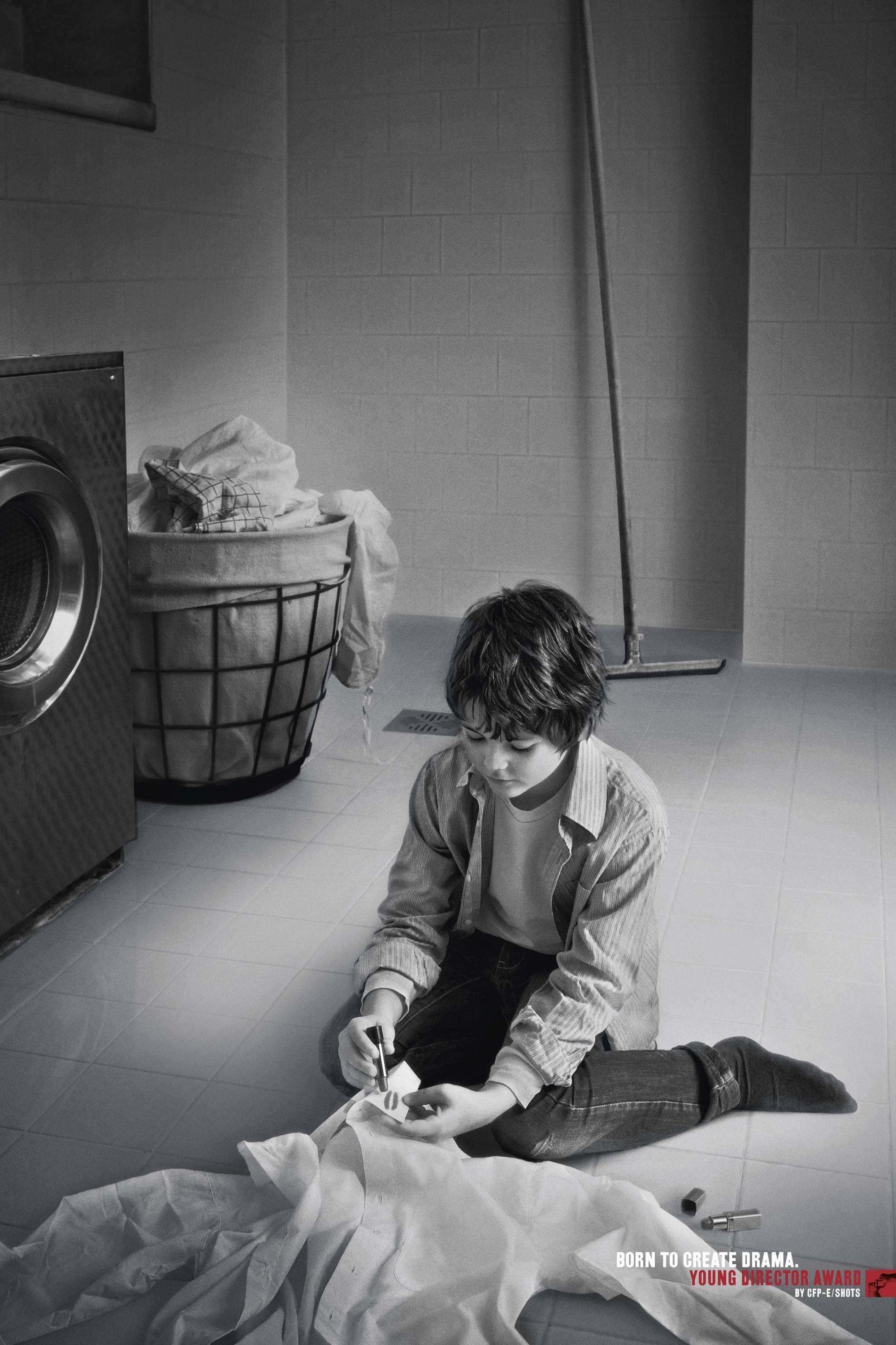Digital Craft > Data & AI
THE CLIMATE CRISIS FONT
TBWA\HELSINKI, Helsinki / HELSINGIN SANOMAT / 2021


Overview
Credits
OVERVIEW
Describe the creative idea
Climate change is likely the biggest threat facing mankind at the moment. Despite constant reminders and warnings from climate researchers and scientists, we are unable to change course.
The primary mission of newspaper Helsingin Sanomat is to help its readers understand the world better. Climate change is strongly present in the paper’s reporting but since the discussion surrounding the phenomenon has been going on for decades, it is easy for readers to become desensitized to the subject. There was a need to find new and pattern-breaking ways of communication. Hence the solution: a typeface that presents climate change’s impact over time through its various weights.
The climate crisis font is an OpenType variable font whose design and size changes in accordance to the NSIC’s satellite data on Arctic Sea ice from 1979 to 2019 and the IPCC’s forecast until 2050, each year representing a specific data point.
Describe the execution
The idea is a natural step for a brand with a mission to make information accessible. From a newspaper’s perspective, the printed word is the archetype of delivering information but an even simpler method still is the characters that make it. The Climate Crisis Font is a way to resensitize the readers of Helsingin Sanomat to the scale and implications of climate change but also to act as a tool and platform for anyone to communicate about these matters.
The font’s design relies strongly on data and what it represents. The design builds on the metaphor of disappearing ice sheets with each character melting away as the weight changes from heavy to light, based on the incorporated data from the NSIDC and the IPCC.
The data was implemented into the design by assigning the 1979 NSIDC data point regarding the Arctic Sea ice sheet as the base level for the heaviest weight. The following data points would then determine the specific design in relation to the base level. For instance, the 1990 weight melts away as much as the Arctic Sea ice extent had diminished from 1979 to 1990. Thus, the lightest weight, 2050, represented a mere 30 % area of the base value, as predicted by the IPCC report. The OpenType variable font technology allowed the design to follow this data seamlessly from heavy to light.
The font is available for free download at its website and later in the spring it will be made into a Google system font and become available for all Google suite users.
More Entries from Data Visualisation in Digital Craft
24 items
More Entries from TBWA\HELSINKI
24 items










